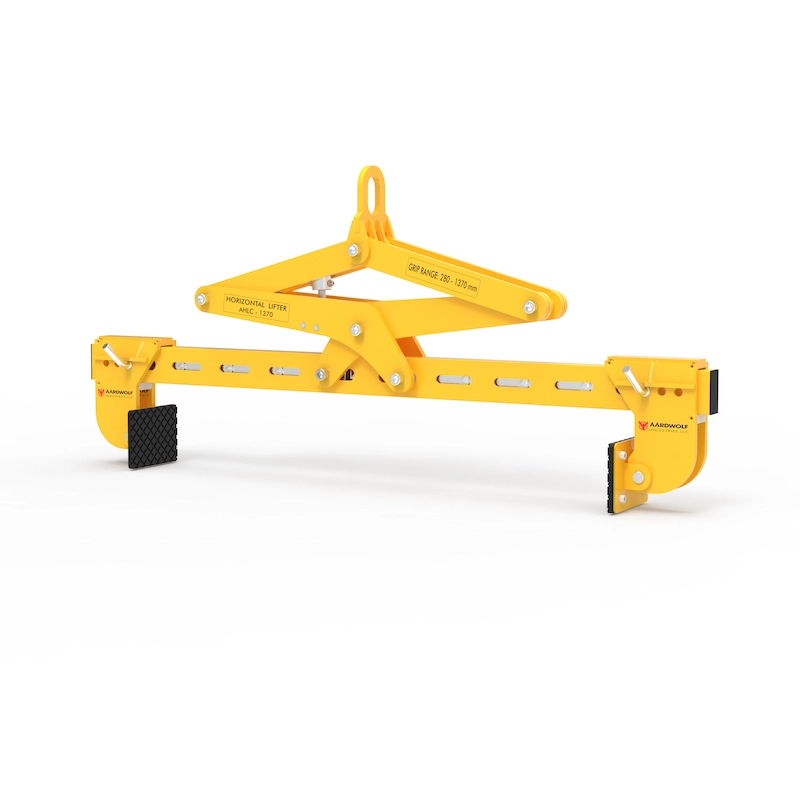Material handling is an essential component of any construction, warehousing, or manufacturing process. It encompasses the movement, protection, storage, and control of materials throughout the supply chain. But not all material handling is powered or automated—some of it is still done manually.
So, which of the following is manual material handling?
The answer includes tasks like lifting boxes by hand, pushing a wheelbarrow, using a cart, or manually moving pallets. These activities don’t rely on electricity, hydraulics, or motors, and they form the foundation of basic material movement operations on many job sites.
To understand the full scope of the topic, start with:
👉 What Is Material Handling?

Table of Contents
ToggleWhat Is Manual Material Handling?
Manual material handling (MMH) refers to any activity that requires a human to lift, carry, push, pull, or move an object without mechanical assistance. Common examples include:
- Lifting cement bags by hand
- Moving stone tiles using wheelbarrows
- Shifting small tools and supplies on carts
- Carrying wood, rebar, or bricks across the job site
While seemingly simple, MMH poses significant risks for injury and fatigue, particularly in construction and industrial environments.
Manual vs. Powered Material Handling
| Type | Example Tools | Power Source | Best Use |
|---|---|---|---|
| Manual | Wheelbarrows, carts, pallets | Human effort | Small items, tight spaces |
| Motorized | Forklifts, vacuum lifters, hoists | Battery/electric/hydraulic | Heavy or high-volume loads |
Explore the powered side here:
👉 Which of the Following Is a Motorized Material Handling Device
Common Manual Material Handling Tools
🛠️ Wheelbarrows
Wheelbarrows are essential for transporting materials on job sites, especially for smaller loads such as gravel, sand, or bricks. They’re widely used in both landscaping and general construction.
🛠️ Carts and Hand Trucks
Used for moving boxes, tile, paint, or equipment around a job site. Carts reduce physical strain compared to carrying by hand.
🛠️ Pallets
Wooden or plastic pallets are used to stack materials. Although moving a pallet generally requires a jack or forklift, placing items manually on a pallet is still a form of MMH.
These tools are often paired with material storage solutions like shelving, racks, and bins to streamline site logistics.
When Is Manual Material Handling Common?
MMH is still widely used across multiple sectors where:
- Equipment is too expensive or impractical
- Space is too tight for powered tools
- Tasks are quick, light, or infrequent
- Labor costs are lower than equipment investment
It is especially common on small construction sites, where cost-effective material handling solutions are critical.
Why Manual Handling Matters in Construction
Despite the rise of automation, manual methods remain essential in construction. Here’s why:
✅ Cost-Effective
Manual handling avoids the need for expensive machinery for low-volume work.
✅ Flexibility
Humans can access tight spaces and adjust to unpredictable environments better than machines.
✅ Training Simplicity
Workers can be trained in manual techniques more quickly than on complex machines.
The Risks of Manual Material Handling
While useful, MMH comes with potential hazards:
- Muscle strain and overexertion
- Back injuries from poor lifting posture
- Repetitive motion injuries
- Slips, trips, and falls
To improve safety on construction sites, training and ergonomic tools are essential.
Reducing Labor and Improving Productivity
To reduce labor cost in construction and increase construction productivity, even small upgrades help. For instance:
- Using carts instead of carrying buckets
- Employing two-person lifts for awkward items
- Using lever systems to raise heavy objects
When ready to upgrade from manual methods, consider exploring:
👉 Material handling Equipment
👉 Material-handling Equipment
👉 What Is Material Handling Equipment
Tools That Help Transition From Manual to Mechanical
Once labor becomes a bottleneck, the next step is integrating motorized solutions like:
✅ Aardwolf Slab Lifters
These devices reduce the need for manual lifting when handling large stone slabs, preventing worker fatigue and injury.
✅ Vacuum Lifters
Ideal for delicate or flat materials, vacuum lifters eliminate hand-lifting altogether by using suction and powered lifts.
✅ Jib Cranes
Jib cranes offer localized lift assistance for heavier items, turning MMH into a safer, more efficient task.
Construction Site Logistics: Blending Manual and Mechanical
Efficient construction site logistics involve combining both manual and mechanical handling to streamline material movement:
- Use wheelbarrows and carts for short-range tasks
- Assign forklifts for construction to heavier long-haul jobs
- Rely on hoists and cranes for vertical transport
- Implement conveyors in construction when dealing with bulk materials
This hybrid approach helps minimize material waste and ensures every material gets to where it’s needed, when it’s needed.
Best Practices for Safe Manual Handling
To make manual handling safer:
- Train all workers on proper lifting techniques
- Use mechanical aids whenever possible
- Store materials smartly with accessible, organized layout
- Plan deliveries and movements to avoid congestion
- Wear appropriate PPE
Conclusion
Which of the following is manual material handling? Any lifting, carrying, pushing, or pulling performed without mechanical assistance qualifies. Whether it’s moving bricks with a wheelbarrow, stacking items on pallets, or transporting tools via carts, these methods are essential in both large-scale and small construction projects.
Yet, to remain competitive and protect your workforce, transitioning to advanced solutions is key. Consider tools like:
✅ Aardwolf Slab Lifters
✅ Vacuum Lifters
✅ Jib Cranes
Balancing manual and powered handling ensures safe, efficient, and productive job sites—no matter the project size.

















Please log in to leave a comment.